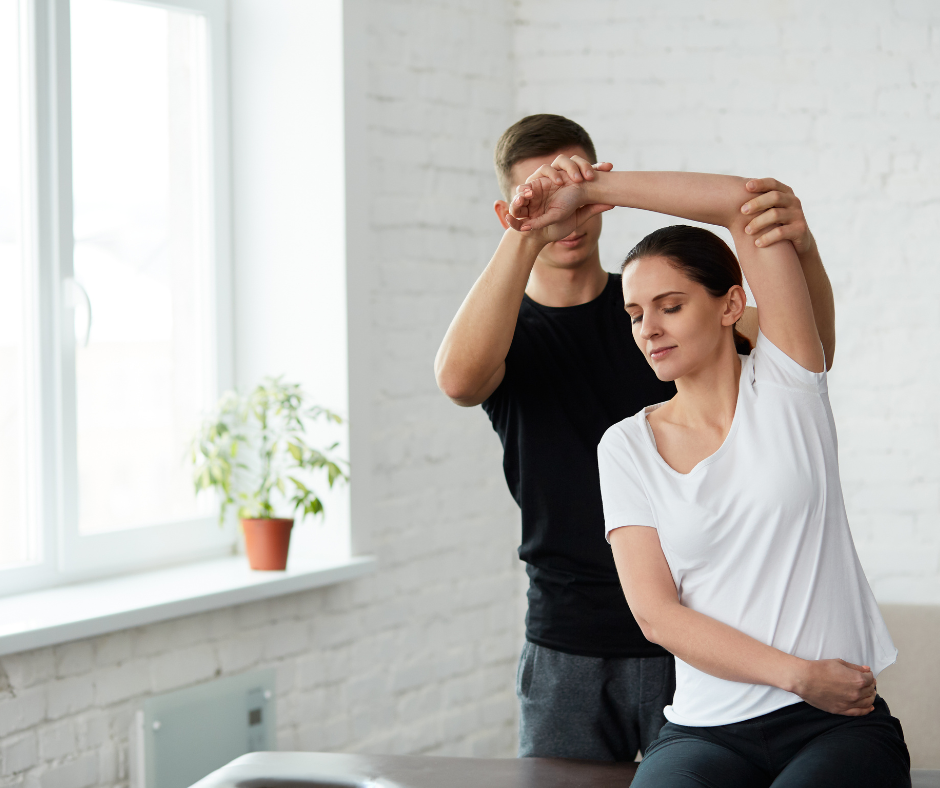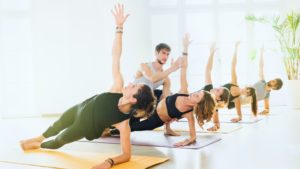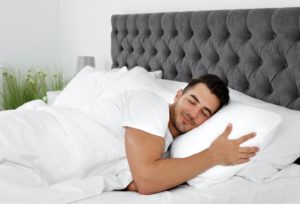Wellness isn’t only about high intensity exercises all day every day. Productivity can take many forms when it comes to caring for your body. Your strength comes from knowing when to push, and more importantly, when to pause. This is where active recovery days come in. Even if you’re bouncing back from a tough day of marathon training or managing your daily stress, active recovery is your time to slow down and recharge.
Active vs. Passive Recovery
Not all days are created equal, and not all fitness plans are the same for every person. Understanding the difference between active and passive recovery days for athletes is essential to fleshing out your wellness routine, keeping you active when you need to be.
- Active recovery includes low impact movement that improves your circulation, flexibility, and mental clarity. This is more like “productive rest”, where instead of sitting still, you move your body to encourage muscle repair and stress relief. It’s a great way to maintain your wellness goals and reduce the chances of burnout.
- Passive recovery is complete rest, no movement at all. It could be you chilling on a couch all day catching up on your rest, or doing absolutely nothing at all. It’s beneficial for injury rehab or extreme fatigue.
Benefits of Active Recovery Days
Active recovery doesn’t only feel good, it has a few benefits for you to balance out your wellness routines. The benefits include (but are not limited to!):
- Reduce muscle soreness
- Improve flexibility and mobility
- Boost mental health
- Support immune function
- Improve sleep quality
Active Recovery Day Ideas
We understand that you might want to move, and that it can be hard to turn that part of your brain off for a day. While taking a day of rest is important, it doesn’t mean that you need to stop what momentum you have entirely. If you want to move a bit on a rest day without harming your progress, here are 5 activities that you can add to your recovery day routine.
- Yoga
Not every type of yoga session will have you sweating like a hot Power Vinyasa yoga class. This recovery method is amazing for reinforcing your flexibility, but also for teaching you proper breathing techniques and body control.
- Foam Roller
A foam roller is an affordable and excellent tool that can help you with myofascial release by yourself. This tool massages the connective tissues surrounding the muscles and bones.
3. Massage
Massages are one of the most effective ways to spend your active recovery days. It stimulates circulation, reduces inflammation, and helps your body process muscle fatigue. Soothe offers sports massages for athletes, and offers enhancements like Theragun to help get your muscles relaxed and on their way to repair.
Soothe can bring licensed, independent vetted massage therapists to your door, offering multiple modalities such as sports, Swedish, deep tissue, Thai, and many more options to suit your recovery needs. Whether you’re easing post-run tightness or simply de-stressing after a long work week, massage is an accessible, safe way to make active recovery part of your wellness routine.
4. Walking
A light 20-30 minute walk can work wonders for not only your physical health, but mental health as well. It’s spring right now, so going out seems like a great idea when the weather is behaving. It can reduce your anxiety and increase your mindfulness. Even taking a walk in between work meetings or bringing the stroller along on your walk can help you find that moment of bliss wherever you are.
5. Bicycling
If you’re still craving some cardio, you can achieve steady state cardio by cycling instead. Whether you’re hopping on a stationary bike in your home gym or going outside for a nice bike ride, both can work here. It’s a great way to encourage some circulation to your lower body and can be as easy or as difficult as you want it to be.
You may find that you feel less tight, sore, and have more energy to exercise when you take regular active recovery days. At Soothe, we’re here to help you achieve your wellness goals at home, at work, or wherever you are.




